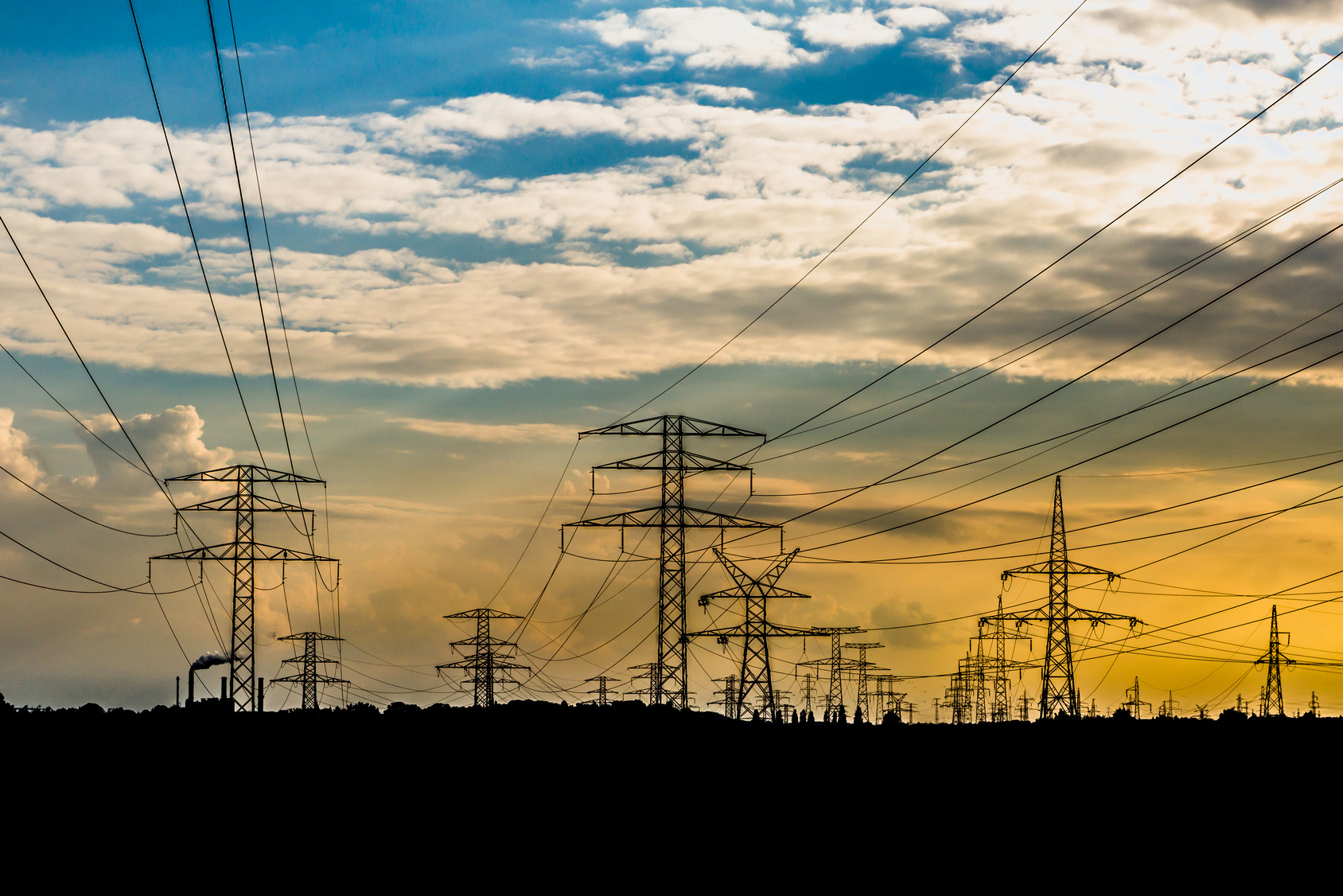
The new, slimmed-down project consists of two 800 MWe power units. Construction of the first could be finished in 2019 while the other is to be built somewhere in the future. Changes in the design also mean that the power plant will burn less coal: not 4,6 million tons as it was previously envisaged but 3,6 million tons annually.
What is more, the new Environmental Impact Assessment report that has been recently submitted for public consultation does not exclude the possibility that the project will not be executed at all, despite its state of progress and costs incurred.
It is not unlikely that these changes stem from the serious errors which affected the investment from the very beginning. The investor has not yet received a number of permits necessary for implementing the project:
• integrated permit, repealed by the Minister of Environment on September 15th 2011 on the application of ClientEarth,
• building permit, repealed on February 14th 2012 by the Regional Administrative Court in Gdańsk on the application of ClientEarth and Eko-Kociewie,
• the permit for the construction of water and sewage main repealed by the General Inspector of Building Control on March 15th 2013.
In February 2014 Poland’s General Director for Environmental Protection (GDOŚ) agreed with environmental and nature protection NGOs ClientEarth Poland, EkoKociewie, Stowarzyszenie Pracownia na rzecz Wszystkich Istot, Greenpeace Polska and WWF Poland and affirmed partial invalidity of the plant’s environmental impact assessment permit (EIA).
Elektrownia Północ has also lost two cases in Wojewódzki Sąd Administracyjny (Voivodeship Administrative Court), which dismissed the complaints made by the investor thus confirming the requirement that the society participate in the proceedings regarding the water main.
According to the media, the investor has also problems in financing the Elektrownia Północ project caused by the policy of the largest banks which withdraw from financing coal-fired power plants not only due to climate protection, concerns over human health and other environmental issues, but also because such facilities are unprofitable and generate significant financial losses.
In the light of the above the question whether an investment that has serious negative social and environmental consequences should be commenced at all returns like a boomerang, especially that its completion is, at the best, uncertain. Wouldn’t it be the best option for all, the local citizens and the investor, to withdraw from this project?
